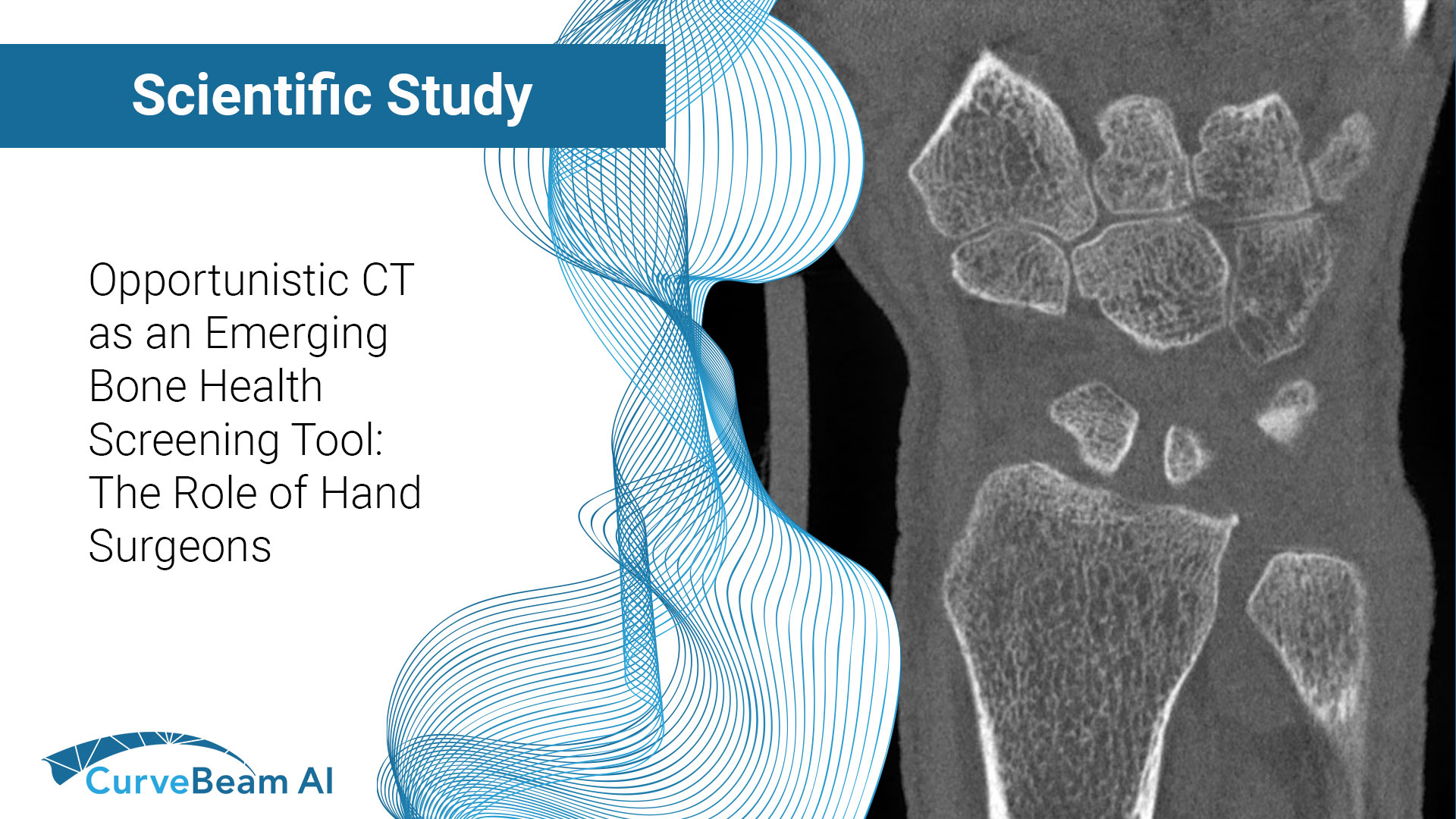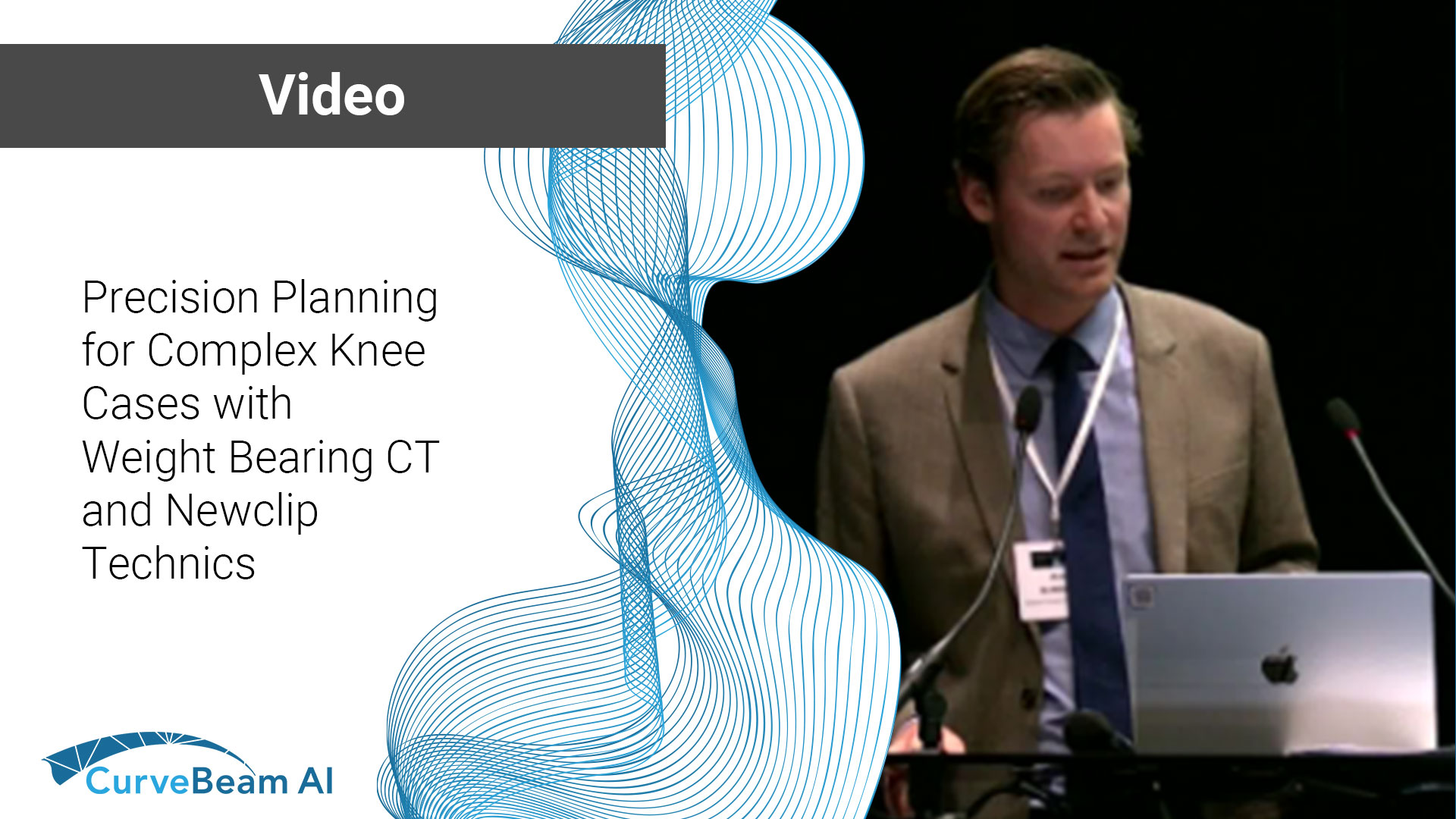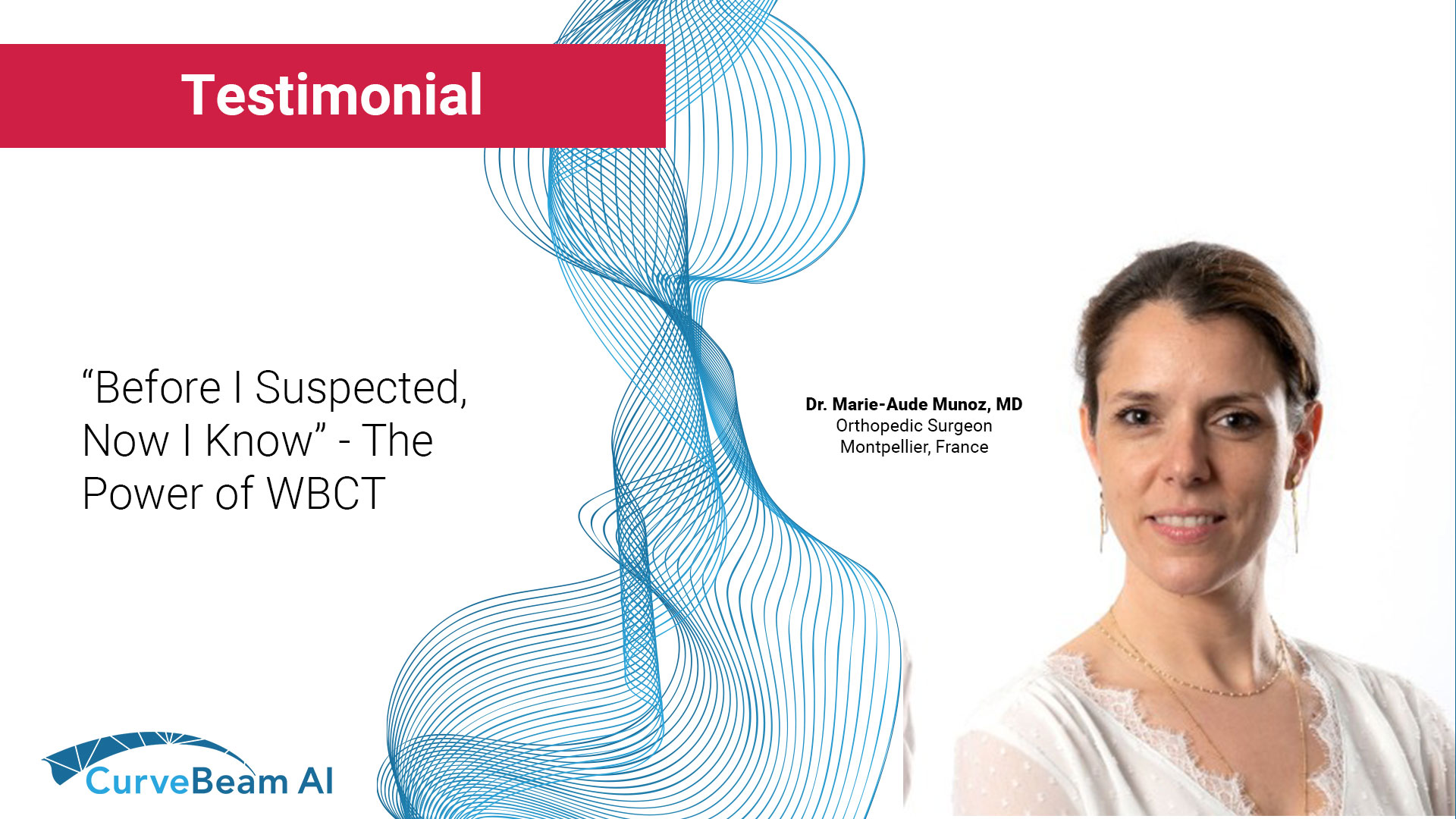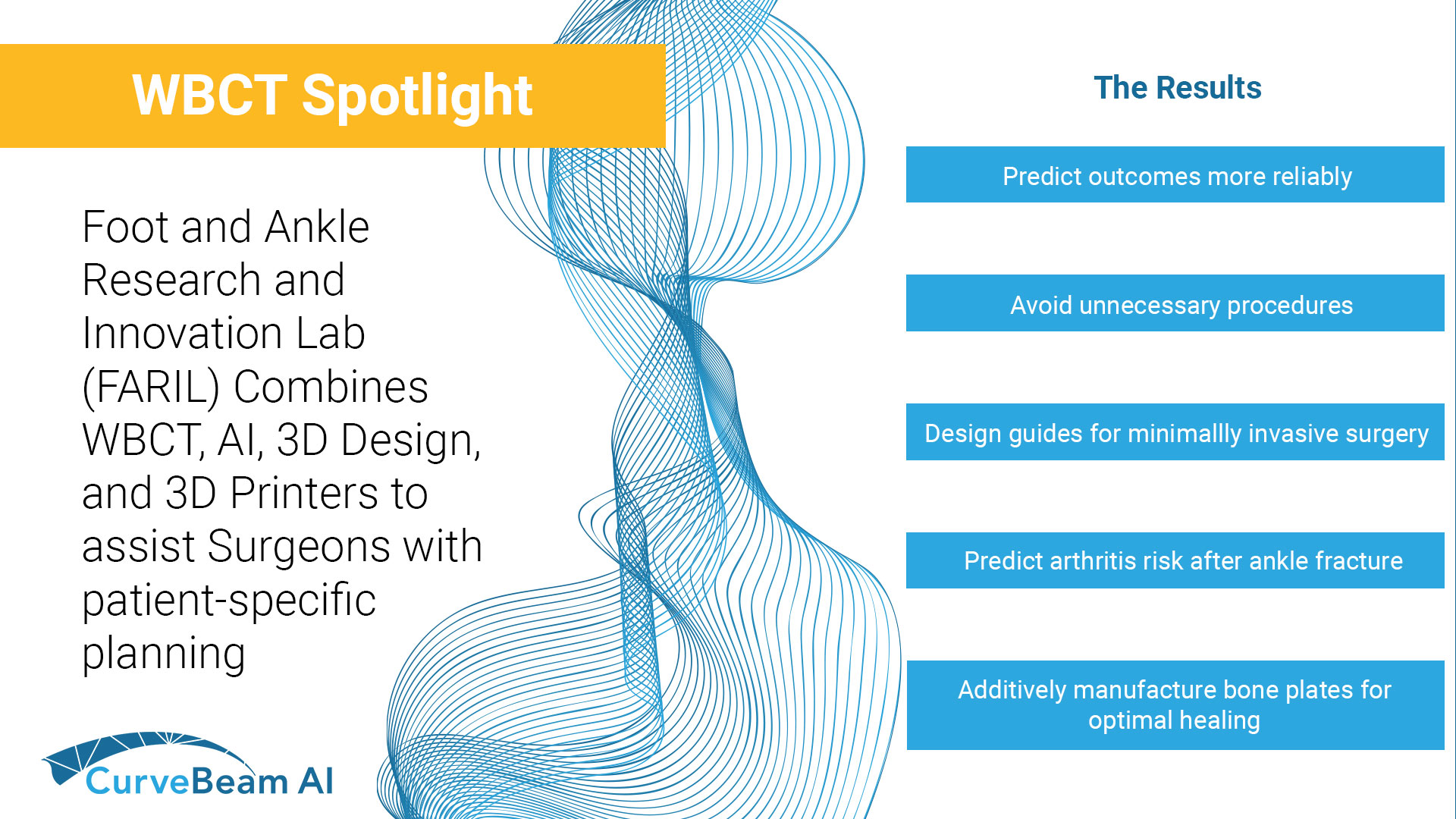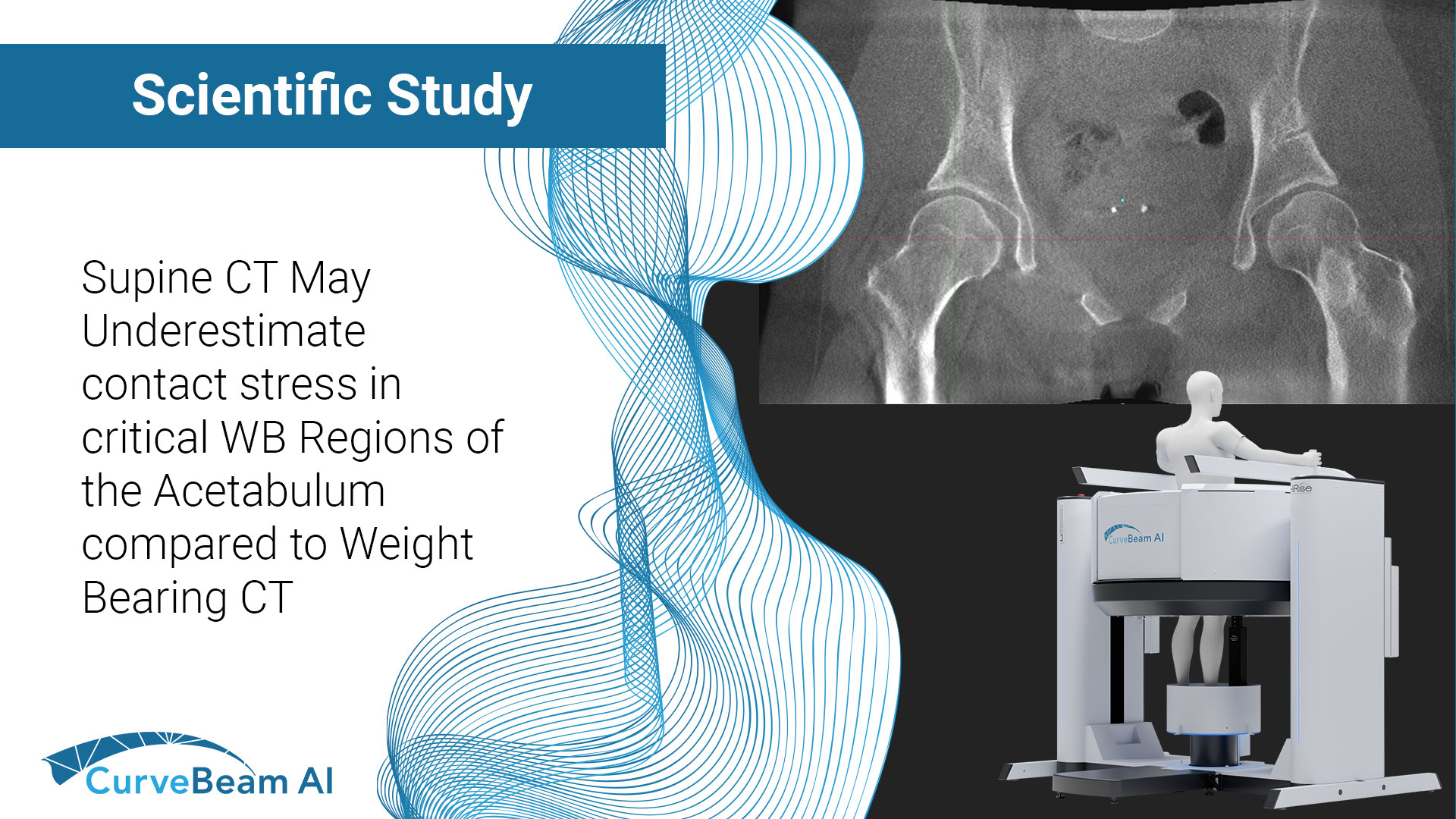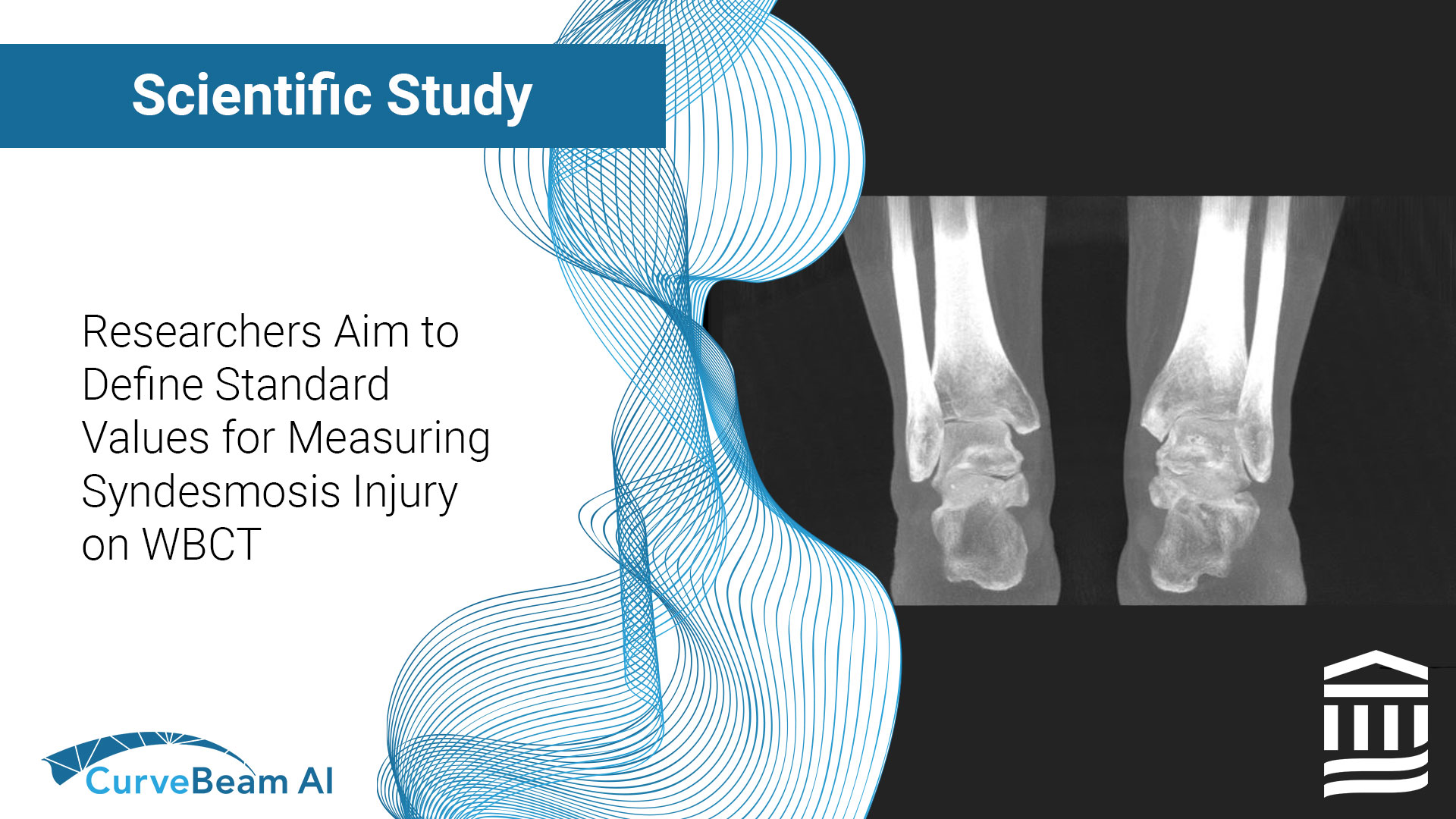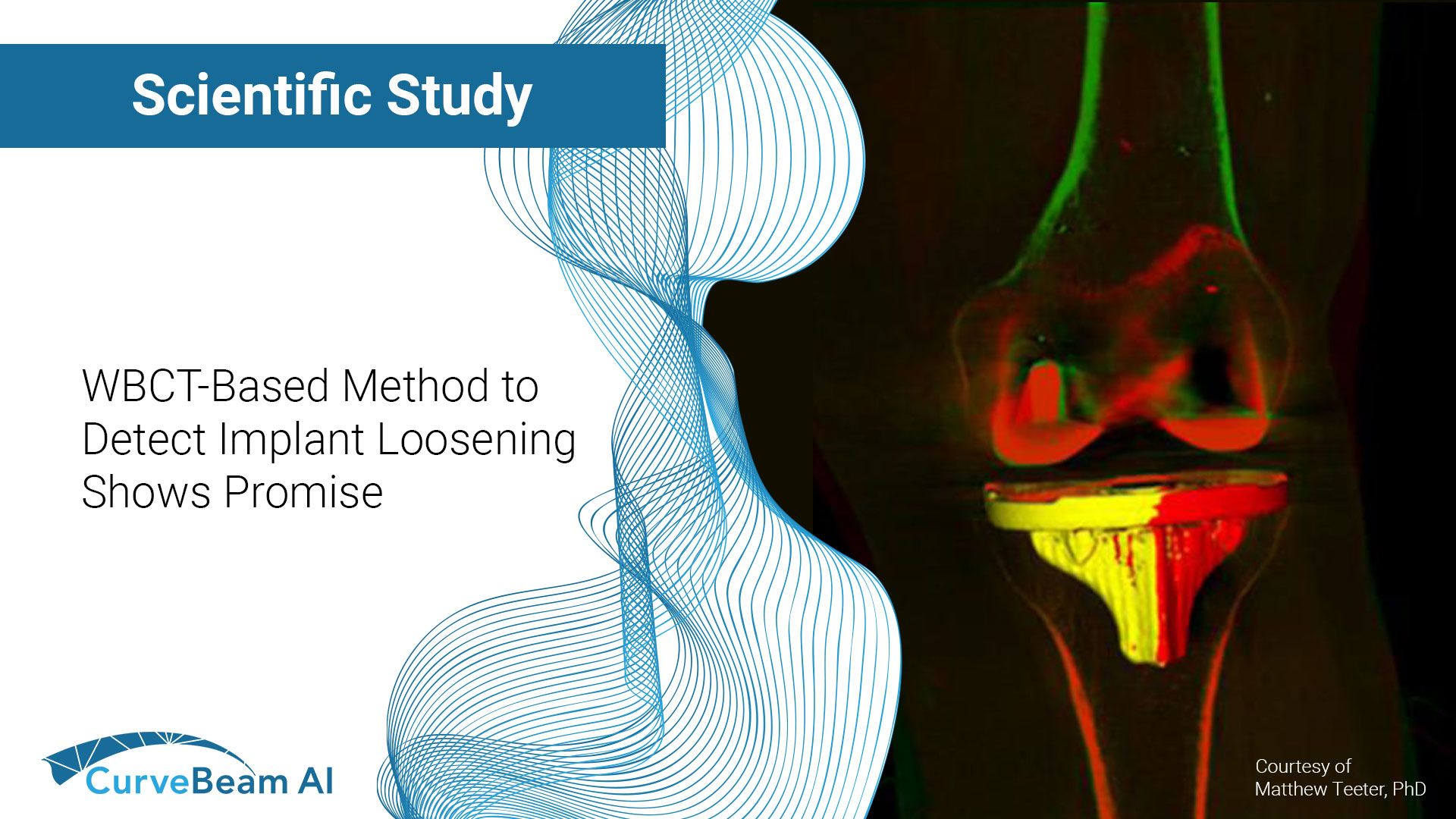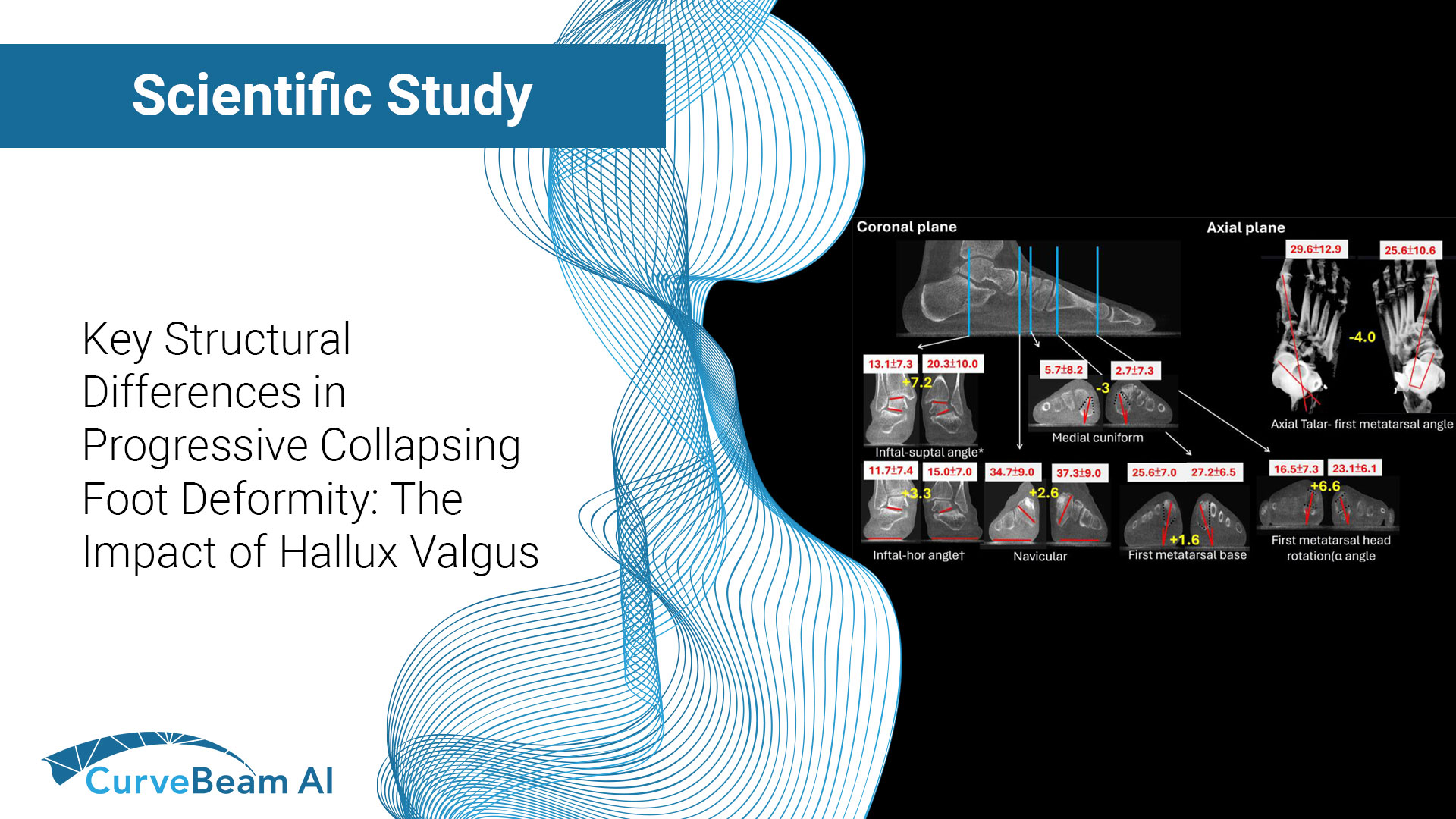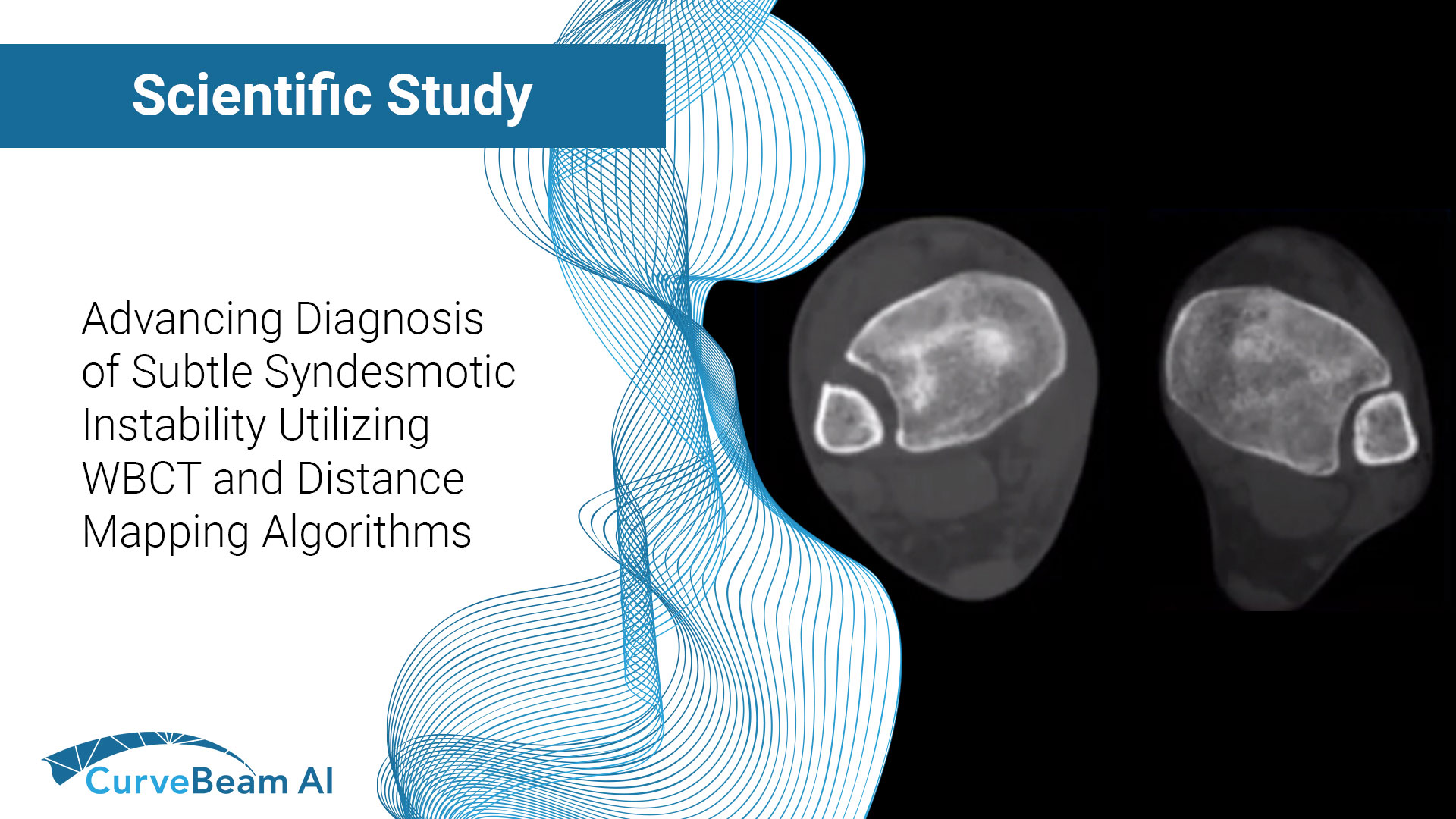Imaging, Innovation, and Independence: A Conversation with Dr. H. Kurtis Biggs
In a recent episode of CurveBeam AI Connect, Vice President of Marketing Vinti Singh spoke with Dr. H. Kurtis Biggs, founder of the Joint Replacement Institute in Naples, FL. A board-certified orthopedic surgeon, Dr. Biggs performs more than 900 joint…


